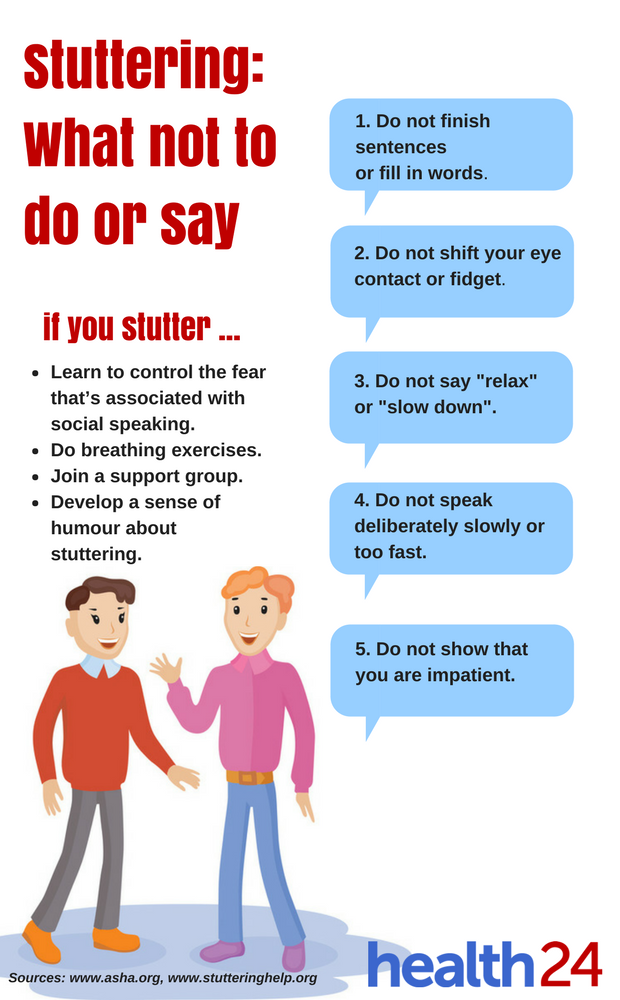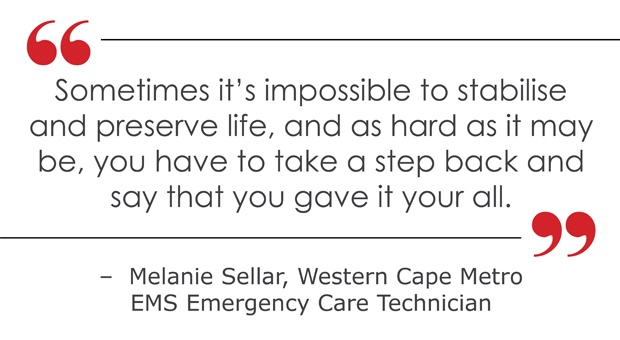AARGH.
Huuuuuhh.
Haaaaahh.
The blubbering erupted as the plane’s engines fired up for take-off at OR Tambo International Airport and reverberated through the cabin as confused passengers tried to trace the source of the sounds of distress.
One brave traveller tried to calm the apparently terrified passenger.
“You are safe, you are fine.
You are safe, you are fine.
You are safe, you are fine.”
But these words brought little comfort. “The plane is falling,” he protested. “We are going to crash.”
It was the beginning of an emotionally turbulent two hours in the air on flight 323 en route to Cape Town.
Holding on tight
Whimpering and holding on to dear life, he was leaning forward and grasping the bottom of his seat, with his right foot positioned firmly in the narrow aisle. He assumed this position again when the flight became slightly shaky and once more, albeit briefly, when landing.
The support coming from the passenger sitting across from him was steady. She held on to him with both her hands, reassuring him that the pilots and crew were competent enough to ensure a safe landing.
Disappointingly, at least three flight attendants passed by this visibly worried passenger and offered little to no help. Only one of them, in an almost nonchalant tone, told him his concerns were unwarranted, pointing out that all the other passengers were calm.
SAA bails out on Health24
SAA has not responded to a set of questions by Health24 on passenger and pilot mental wellness following several emails and phone calls. This despite spokesperson Tlali Tlai initially indicating that the airline would consult SAA’s medical department for a response.
The state-owned airline, which operates on average 18 daily flights between Johannesburg and Cape Town, recorded 53 578 overall flights, carrying 6.9 million passengers, according to its annual financial report for the year ended March 2016.
SAA boasts a safety record that is recognised as among the best in the world and is the best in Africa.
Fixating on plane crashes
Although more people die on South African roads than in flying accidents, clinical psychologist Dr Colinda Linde said someone with a fear of flying, for instance, will fixate on the few plane crashes that happen in a year and ignore evidence to the contrary.
“The person will also fixate on how bad they are feeling, as well as any little sound or movement which could be perceived as the plane somehow being in trouble. In this way they build up evidence to ‘prove’ that their fear is valid.”
The fear of flying, explained Dr Linde, is typically associated with panic attacks from being in a confined space, with a perception of being trapped or the fear of death, which may be a part of generalised anxiety disorder (GAD) that is characterised by exaggerated tension and worry without apparent cause.
About 30% of South Africans will have suffered from some form of mental disorder – including anxiety disorders – in a lifetime. This is according to the only representative study conducted among adult South Africans between 2002 and 2004 and released in 2009. The SA Stress and Health study found that the most prevalent class of disorders related to anxiety disorders, with the most prevalent individual disorder being major depressive disorder.
With a paucity of data available on the prevalence of mental disorders among South Africans, the scope of anxiety disorders associated with flying is difficult to assess, noted clinical psychologist Shai Friedland. He runs fear of flying courses and works with individuals on their fears and phobias.
Individuals who hate flying could potentially have one or more of a range of phobias connected to flying, said Friedland.
A few common phobias around flying may be:
- Having a panic attack on the plane and there being no escape route
- Being confined to a small area/space (claustrophobia) with no place to escape
- Fear of heights
- Fear of mechanical failure on the plane
- Fear of the plane crashing and dying
- Fear of flying over water
- Fear of crowds
Friedland said people presenting these will mostly have catastrophic thoughts where they think the absolute worst or they have thoughts that jump to conclusions.
“For example, thinking that some turbulence on flight means the plane is going to crash is both a catastrophic thought (thinking the worst) as well as jumping to conclusions (thinking the plane will crash without any evidence for this).”
When anxiety and panic creep up
It is these catastrophic negative thoughts about flying that leads to either anxiety or panic.
“Anxiety is what you experience before you are actually exposed to the fear, while panic is the feeling you experience when you actually experience the thing that scares you,” explained Friedland.
Panic kicks in, he said, when a person feels that they are in danger.
“The panic is the person’s fight-or-flight response and gets triggered when their alarm for danger goes off. But often on an airplane, the individual may have what is called a false alarm, which means that the person’s danger alarm goes off but there is no immediate threat, only the perception of a threat.”
Friedland pointed out that this may be the beginning of having a panic attack and the individual may then experience a pounding heart, chest pains (e.g. thinking they may be having a heart attack), shortness of breath, sweating, trembling, dizziness, stomach cramps, nausea, thinking they are going crazy, thinking they are losing control, an urge to escape, a sense of unreality, and/or an out of body experience.
How to stabilise the situation
“It is difficult to talk someone down when they are in the throes of acute anxiety, especially if you are not a trained professional familiar with anxiety,” admitted Dr Linde, who has more than 20 years of experience as a psychologist and works with individuals to manage their anxiety.
It is unlikely that air crew are trained in this, she said, noting that they are more likely trained in acute medical emergencies such as someone having physical medical condition like an allergic reaction.
However, if faced with such a situation, Dr Linde advised the best thing to do is to help the passenger keep calm by gently trying to distract the person from the vicious cycle of worry and over-interpreting of any sound or movement as being dangerous.
“It would also help that if the passenger is experiencing fear or panic on a flight that the cabin crew explain a few myths, such as what turbulence really is and what it means to them, to relocate the individual to an aisle seat or a seat with room where they have space to stretch out.”
How airlines can prepare the crew
It would be recommended, suggested Friedland, that all flight attendants and pilots go through some basic training around how to deal with individuals with anxiety and panic around flying.
“Much of the fear of flying revolves around negative thoughts that are often incorrect. I would also suggest that airlines place a panic card at the back of each seat on the plane that has some basic flying myths debunked that the individual can read before and/or during the flight along with some deep breathing techniques,” he said.
If possible, Friedland suggested maybe a worried passenger could be taken to the cockpit to speak to the pilot so that the pilot can put the passenger at ease by answering any questions they may have around flying.
Dr Linde said there are fear of flying courses held by various psychologists, where a pilot explains the mechanics of flight as well as things like turbulence and what it means. “If staff were trained to explain this, it may be very helpful.”
However, she noted that cabin crew also have a list of duties to perform so in fairness they cannot neglect the rest of the passengers for the sake of exclusive attention to one.
It would seem that the Good Samaritan intuitively did the right thing and when the plane finally came to a standstill at Cape Town International Airport, the passenger who still seemed slightly flustered, smiled as he told her: “I owe you a beer.”
October is Mental Health Awareness Month and World Mental Health Day is on the 10th October. If you are you feeling down and don’t know who to turn to, you can get help. Contact SADAG on 0800 567 567 or SMS 31393 and SADAG will call you back.
Image credit: iStock
Adiel Ismail









